#Book history
Explore tagged Tumblr posts
Text
A jewel box of a book ✨ This 19th century French sales sample book contains very thin metal ornaments, made of foil over card. These would have been used like fancy sequins, and adorned everything from cards to clothes! They’re sometimes called Dresdens after the town in Germany where many were made. I know I say this a lot, but this book really floored me 🤩 Part of col. 838 in the Winterthur Library 📚
14K notes
·
View notes
Text
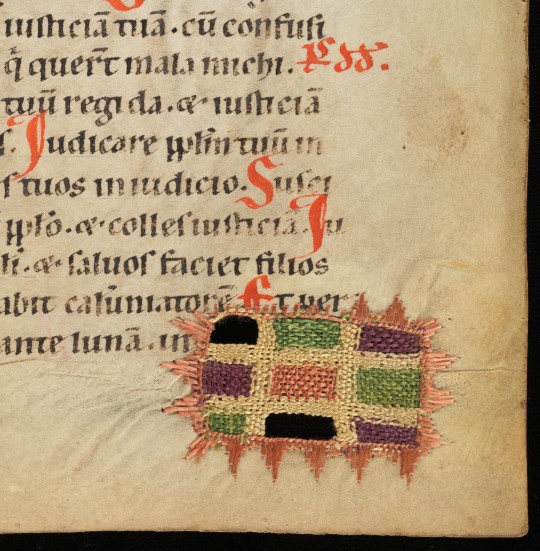
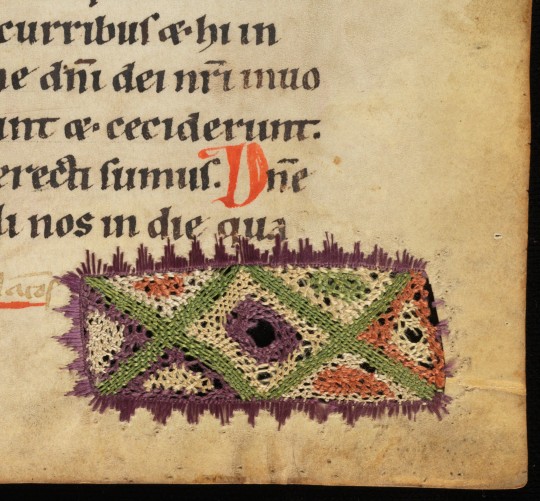
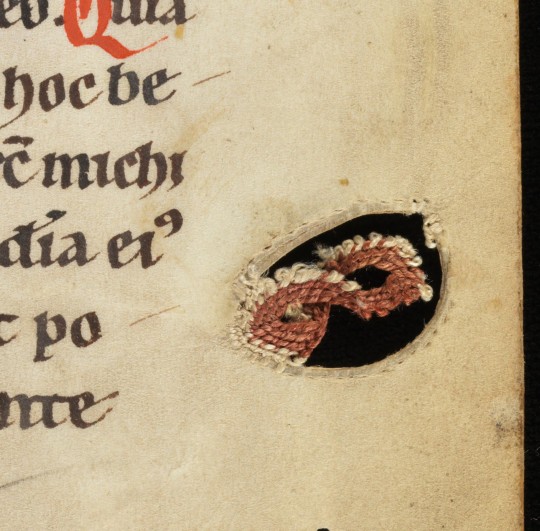
medieval parchment repairs
in a psalter, south-western germany, late 12th/early 13th c.
source: Hermetschwil, Benediktinerinnenkloster, Cod. membr. 37, fol. 19r, 53r, and 110r
#12th century#13th century#repairs#mending#medieval manuscript repairs#sewing#book history#medieval studies#medieval art#psalter#parchment stitching
9K notes
·
View notes
Text









This is LJS 102, which was made in Ethiopia in the early 20th century. It contains an account of Creation by the Trinity (Zena nagaromu), followed by hymns and including 4 illustrations: Virgin and Child with archangels Michael and Gabriel, Crucifixion with Mary and John, Saint George and the dragon, and Christ and the Virgin in majesty.
🔗:
#manuscript#20th century#ethiopia#ethiopic#geez#prayers#creation#hymns#illustrations#saint george#saint george and the dragon#dragon#crucifixion#book history#rare books
648 notes
·
View notes
Text



Abbey Library of Saint Gall, St. Gall, Switzerland
Pictures by @eli-zab3th
#I went to see my friend in Zurich and ofc had to visit this gorgeous library that nearly made me cry#Switzerland#Abbey Library of Saint Gall#St gall library#Saint Gall#Books#Medieval manuscripts#Old libraries#light academia#academia aesthetic#Book history#St gall abbey#Historical library
760 notes
·
View notes
Text












Charles M. Hagin, former researcher at the University of Iowa, described this "Strang Pope Book" in our collection as a "reader's digest of divinely inspired prophecies."
It was written around 1582-1585, and it's full of papal seals and illustrations of popes in prophetic visions. These prophecies use lots of symbolism in the images; one depicts a pope as a dragon on fire with a weasel swallowing a sword for a tail. The exact meaning of this is not explicit, but it's probably safe to assume that it wasn't very good; the caption reads "Terribilies es et quis resistet tibi," which Hagin translated as: "You are terrible and who will resist you?" That's not really an idea that readers would like to associate with a pope!
Find out more about this wonderful book by reading more of Charles Hagin's work in xMMs.Misc2 research material.
--Joy C.
#uiowa#conclave#pope history#libraries#special collections#rare books#medieval manuscripts#book history
127 notes
·
View notes
Text
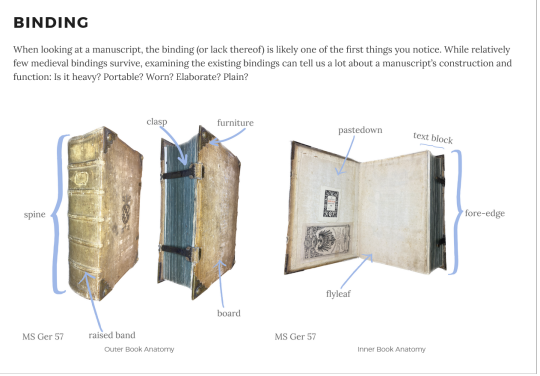
We've just launched a new site focusing on material features in our early manuscripts, with tutorials on bindings, pages, content, and decoration, and links to digitized manuscripts with those features.
480 notes
·
View notes
Text
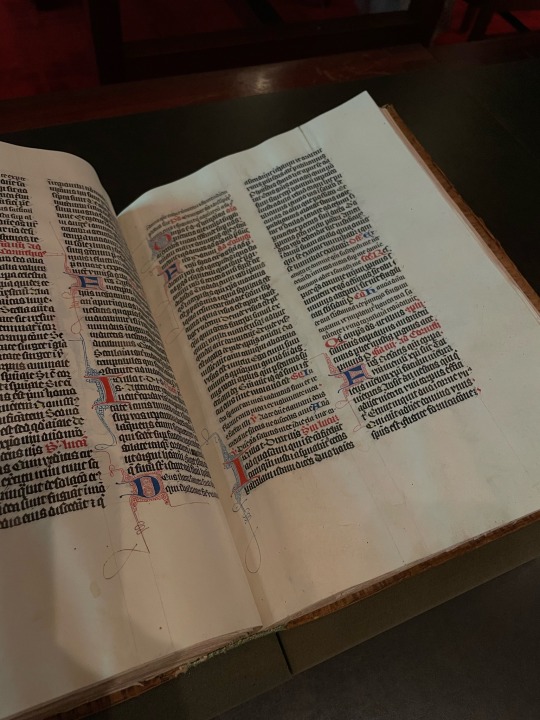

fisher rare book library x a manuscript from the 1300-1400s
525 notes
·
View notes
Text
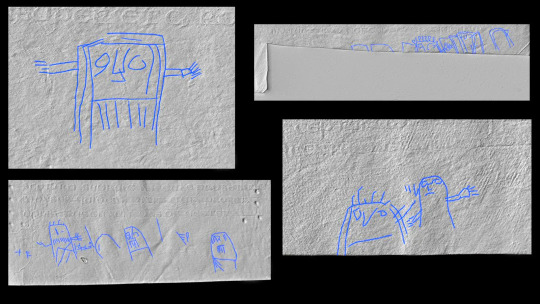


In the middle ages, people used to "doodle" with an inkless stylus instead of a pen, and new topographical scanning can reveal these marks.
611 notes
·
View notes
Text
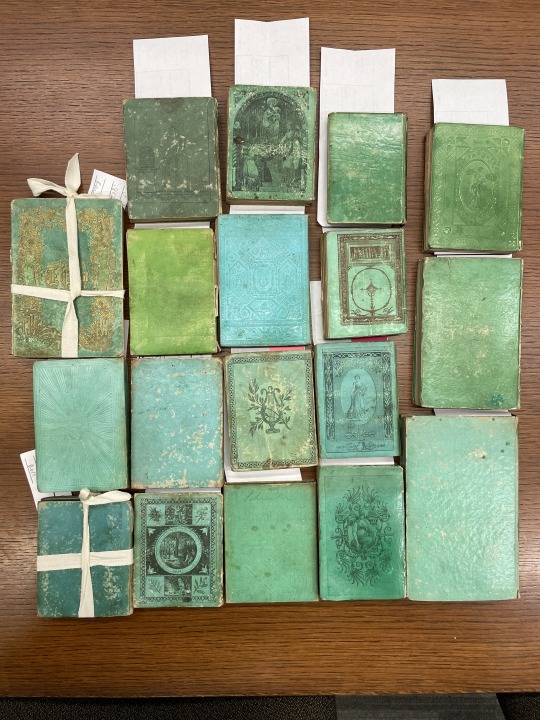

One of these things is not like the other…
The bindings of the books pictured in plastic bags contain arsenic, while the un-bagged books do not.
Copper arsenic compounds were used as a green pigment in textiles and home furnishings during the 19th century. In 2019, Winterthur/University of Delaware Program in Art Conservation embarked on a study of green cloth-covered book bindings from the 19th century and continues to lead the way on research regarding these compounds in library materials. Their current findings suggest that the publication date range for volumes containing arsenic is 1830 to 1880 and that such books are bound in green cloth or green leather. Most green book covers from this period do not contain arsenic. (While books containing arsenic are green, not all green books contain arsenic.) Our best current estimate based on the testing we have done is that less than .03% of the print titles in our collection contain arsenic. As we identify print titles that contain arsenic, we will take measures to provide other options to make the content available wherever possible.
Read more about how the University of Chicago Library is handling these rare green bindings.
456 notes
·
View notes
Text
The birth of Bookbinding
When did books first appear on the scene?
The first proto-books that we know of come from India and Southeast Asia circa 450 BCE and are made out of palm leaves. And it's possible they were used much earlier than that.

The first sort-of books consisted of religious sutras written on palm leaves cut in two lengthwise with a metal stylus. The leaves were then dried and rubbed with ink, which formed a stain in the stylus tracings in the leaf.
"The finished leaves were numbered, and two long twines were threaded through each end through wooden boards. When closed, the excess twine was wrapped around the boards to protect the leaves of the book."
#librarylife#libraryland#bookbinding#book history#history#did you know#books#southeast asia#india#inventions#asian canadian heritage month#asian heritage month#heritage month
21 notes
·
View notes
Text
Obsessed with Voltaire's notes in the margins to JJ's work! they are really funny, but it's also extra hilarious when V calls someone else out on being vain and self-obsessed
"After having discovered those of his attributes by which I am convinced of his existence, I return to myself and consider the place I occupy in that order of things, which is directed by him and subjected to my examination. Here I find my species stand incontestably in the first rank"
-Rousseau, Profession of Faith of a Savoyard Vicar
V's note -> Don't you think the sun is more important than you?
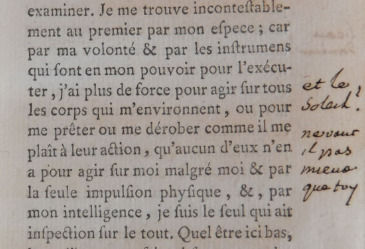
#tw: jj#voltaire#v#rousseau#jean jacques rousseau#1700s#18th century drama#age of enlightenment#book history
56 notes
·
View notes
Text
Do you have any tattoos? ⚓️ I have a bunch, so I was very excited to come across these 19th century tattoo flash books in the Winterthur Library – and they’re digitized! You can see them here 📚
7K notes
·
View notes
Text






parchment stitching
pages from a cistercian breviary, produced in the cistercian nunnery lichtenthal abbey, c. 1450-1500
source: Karlsruhe, BLB, Cod. Lichtenthal 29
#again as you can see the stitching was done before the text was added#15th century#parchment#parchment repair#manuscript repairs#stitching#codicology#book history#cistercian breviary#Breviarium cisterciense#lichtenthal abbey#medieval manuscripts
920 notes
·
View notes
Text
I'd like to introduce you to LJS 57, a compendium of Astronomical text in Hebrew, written in Spain around 1391. It's an interesting combination of astronomy and astrology, and illustrates how the division between "science" and "not science" was not nearly so clear in the past as it is today. It has some fantastic illustrations of constellations!
🔗:
#medieval#manuscript#medieval manuscript#14th century#hebrew#astronomy#astrology#stars#constellations#illustrations#illuminations#diagrams#history of science#book history#rare books
4K notes
·
View notes
Text
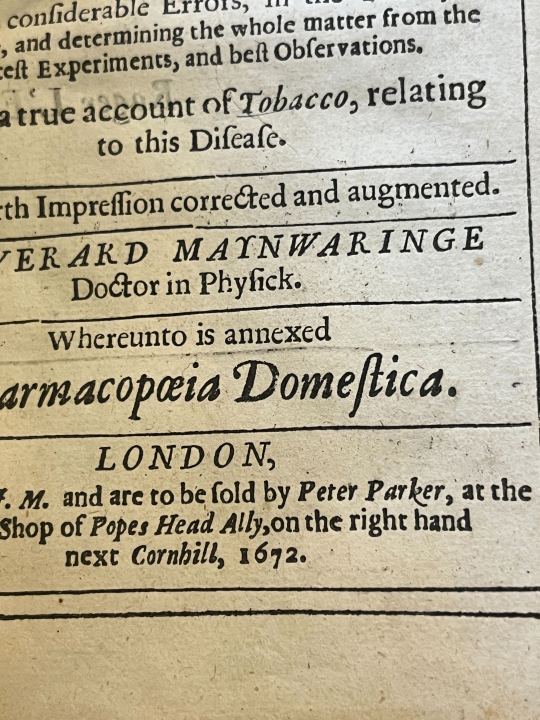
Looks like Peter Parker is both Spiderman and bookseller!
Found in A treatise of the scurvy, examining the different opinions and practice, of the most solid and grave writers... by Everhard Marynwaringe (1672).
#rare books#old books#peter parker#spiderman#booksellers#books#printing press#book history#othmeralia
130 notes
·
View notes